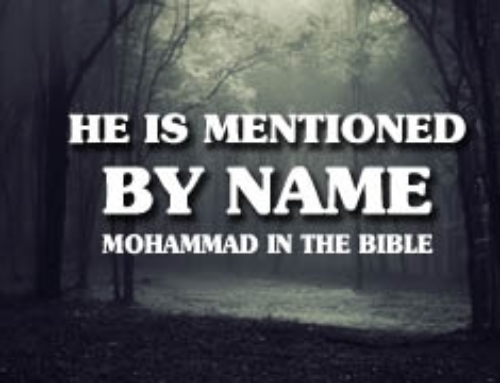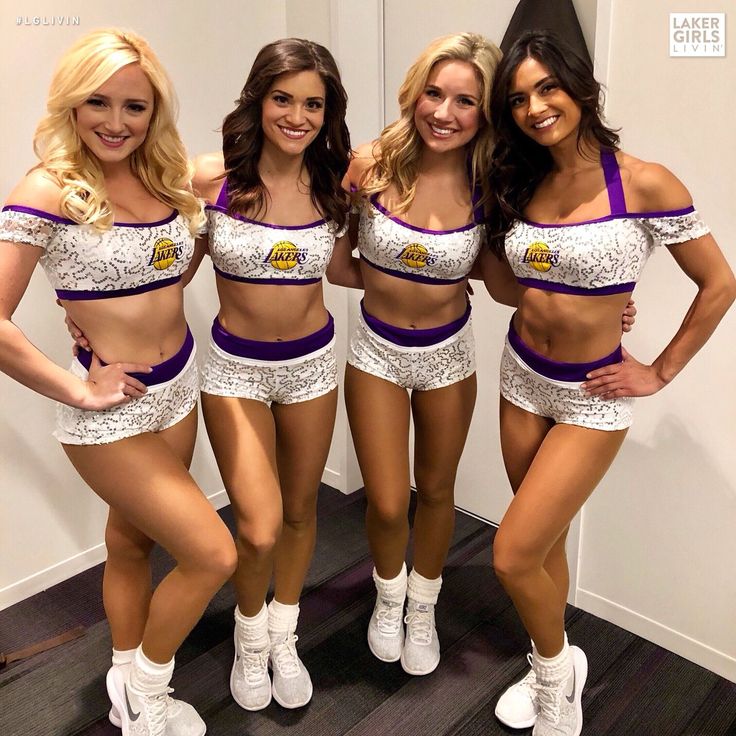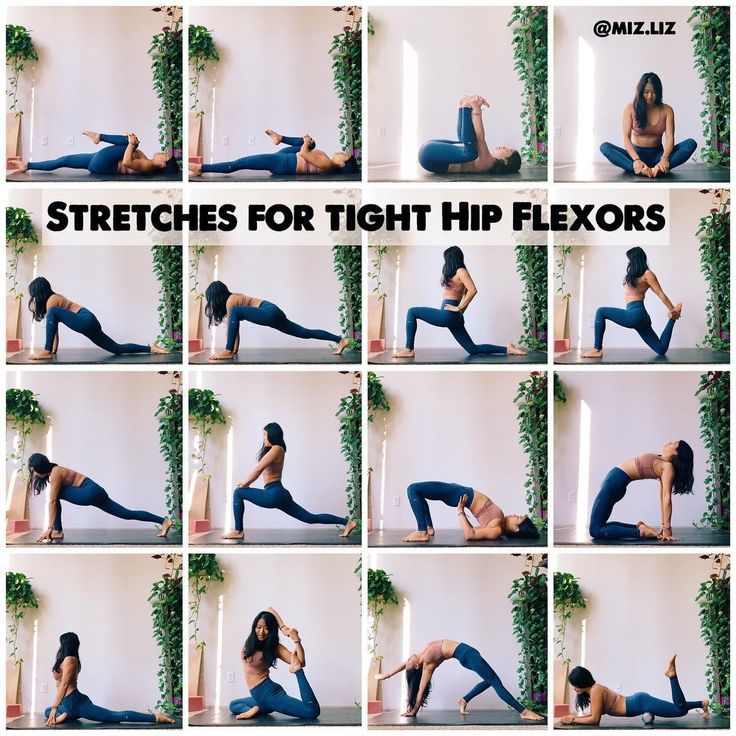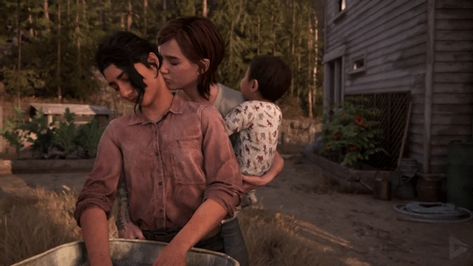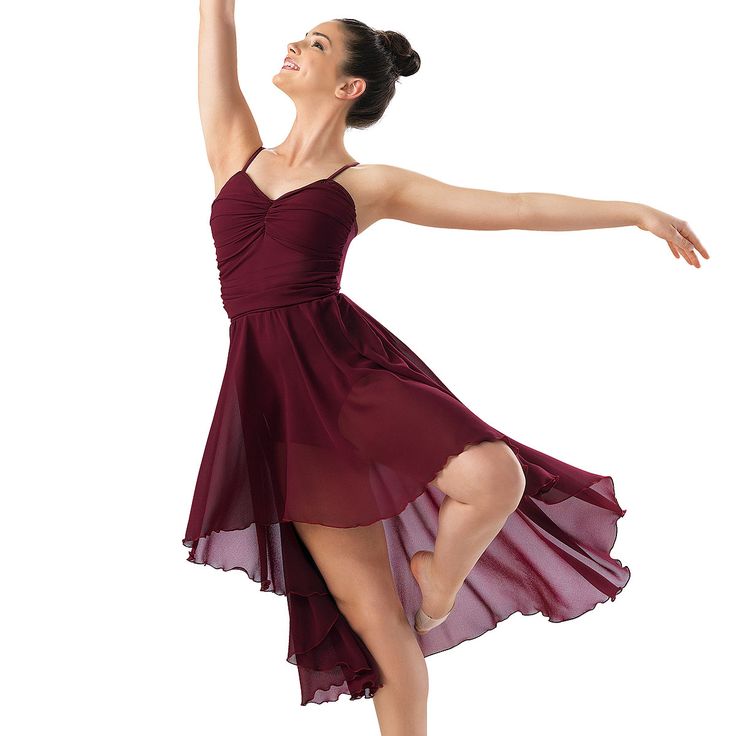How do black people dance
The Importance of Dance in African American Culture
- Newsroom / Blog
February 17, 2021
Pritay Washington
African American culture is famous for its creativity. From turning food scraps into soul food feasts to the New Orleans’ Tignon Laws that backfired when women of color transformed the head wraps required by law to diminish their allure and wove them into colorful, adorned masterpieces that made them even more beautiful and mysterious. We make the ordinary spectacular.
The same is true with dance. The tribal dances of our African ancestry that were forbidden to us were reborn into Frankie Manning’s Lindy Hop and Cab Calloway’s Jitterbug. Over time, new versions of those dances evolved, matching the soulful music of the 60s. From the East Coast Hand Dance to Chicago Style Steppin, every social gathering includes some form of partner dancing.
Like first visits to barber shops and beauty salons, learning these dances is a rite of passage in the Black community. Nothing is written. The old teach the young. Social dance gatherings embody a culture of care. Seasoned dancers are expected to be gracious and patient. You dance to the comfort level of your partner.
My journey through childhood trauma kept me from Chicago Style Steppin until recently. But when I came home to it, it became an integral part of my healing. I’ve taken classes at a venue where my mother danced in her youth. Some of my partners could be my grandparents, others could be my children. Lessons come with the expectation that what we learn we will teach. The few dollars paid for admission go to fund the soul food buffet where people share stories and resources, dispense advice, and give support.
I recognized that the elements of a good dance are the same as those of a healthy relationship—mutual caring and respect, trust, listening, being present, and a willingness to be vulnerable and open to possibility. It is a conversation without words, and I find my voice through improvising moves in response to my partners.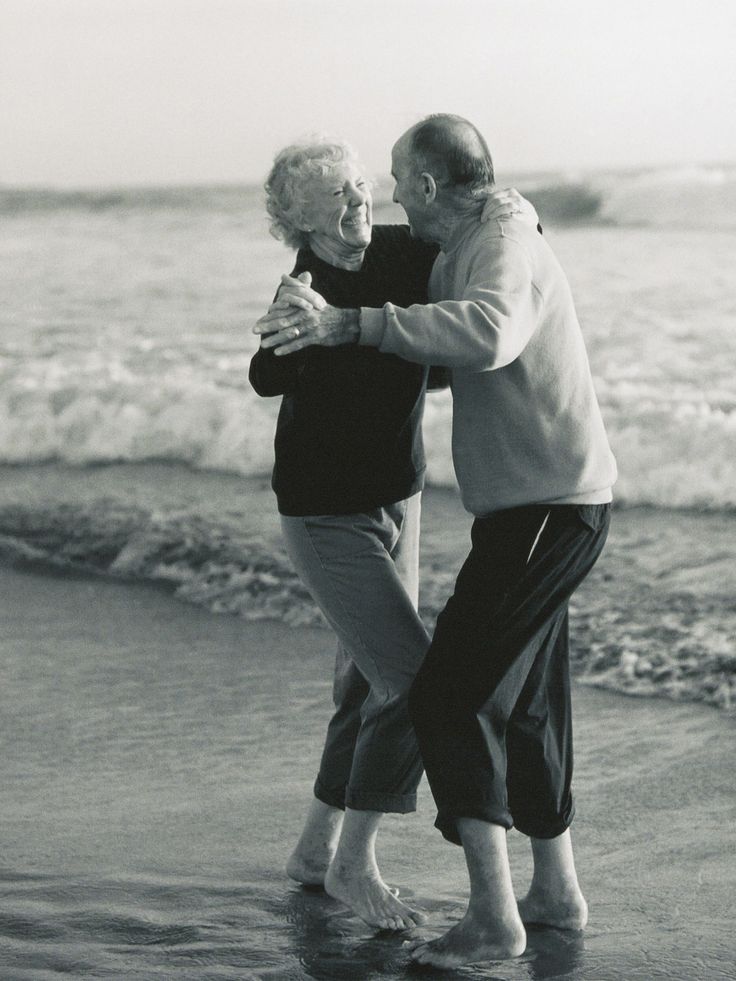
African American culture is a quilt made up of the practices and traditions developed in response to a tortuous beginning. Clothed in soulful music, partner dance is part of our mental wellness. Our grandparents who were porters, janitors, and domestics by day, found one another and reclaimed their dignity and beauty when they went out to dance. In hard times, dance remains our hide-in-plain sight defense against images that feed negative stereotypes. And in good times—it just feels good.
Do you have any traditions that you are carrying on? Please share in the comments.
Photo: Club DeLisa, Chicago 1942
| Pritay Washington, a training and technical assistance specialist, served the preschool community for over 15 years. She joined school-age care four years ago and now supports the National Center on Afterschool and Summer Enrichment. |
Tags:
equity
Related Posts
| December 22, 2020 Addressing Mental Health in the Black Community |
Black History and Dance in America, a story
Black History and Dance in America, a story - African American Registry Tue, 03.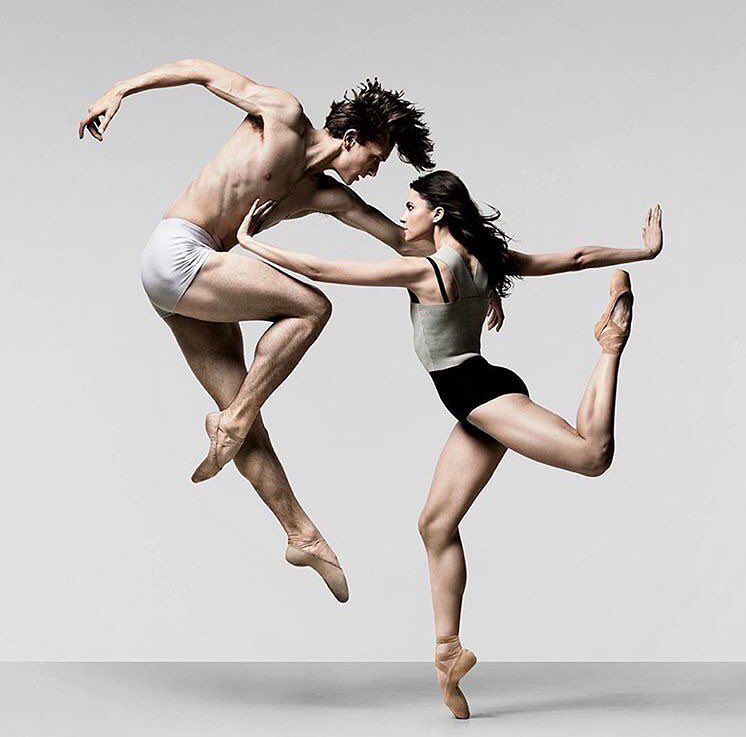 13.1500
13.1500 Black History and Dance in America, a story
New Jersey, 1942
*This date is dedicated to African American Dance. Black Africans brought their dances to North, Central, and South America, and the Caribbean Islands as slave labor starting in the 1500s. In the west these dance styles of hundreds of Black ethnic groups merged with white dances, forming the extension of the African aesthetic in the Americas. Dance has always been an integral part of daily life in Africa. In the Americas, it helped enslaved Africans connect with their homeland keeping their cultural traditions alive.
As before enslavement, Africans danced for many special occasions, such as a birth or a marriage, or as a part of their daily activities, dance affirmed life and the outlook of the future. After the Middle Passage, Africans in the Americas sang and danced while working as slaves, and as they converted to the religions of white-Europeans and indigenous people, they incorporated these traditions into these cultures.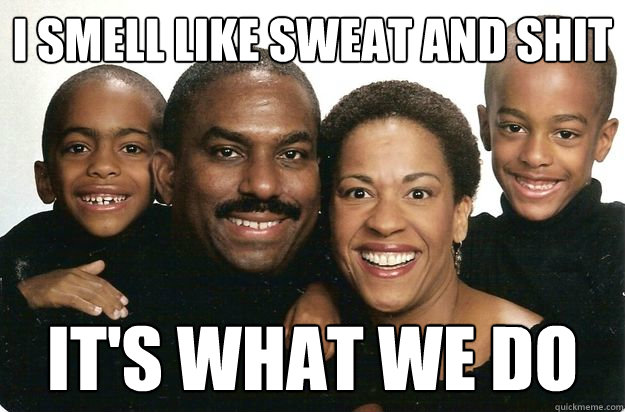 Blacks who worked in the colonies of Spain, Portugal, the Caribbean, and South America were given more freedom to dance than enslaved Blacks in North America. Many white-American slave owners barred Africans from most forms of dancing. As African instruments were outlawed drums, in particular, early Stepping was created. Africans found ways of getting around these prohibitions. For example, since lifting the feet was considered dancing, many dances included foot shuffling and hip and torso movement. Dances dominant through the 18th century included the ring shout or ring dance, the calenda, the chica, and the juba. Asadata Defora and Master Juba were early practitioners.
Blacks who worked in the colonies of Spain, Portugal, the Caribbean, and South America were given more freedom to dance than enslaved Blacks in North America. Many white-American slave owners barred Africans from most forms of dancing. As African instruments were outlawed drums, in particular, early Stepping was created. Africans found ways of getting around these prohibitions. For example, since lifting the feet was considered dancing, many dances included foot shuffling and hip and torso movement. Dances dominant through the 18th century included the ring shout or ring dance, the calenda, the chica, and the juba. Asadata Defora and Master Juba were early practitioners.
The dances of the plantation moved onto the stage through Minstrel shows, which introduced Black dance to large audiences during the 1800s. As popular entertainment, both Blacks and whites performed them. Initially, Blacks appeared as caricatures that were often ridiculed, but they drew from their cultural traditions even as they made fun of themselves.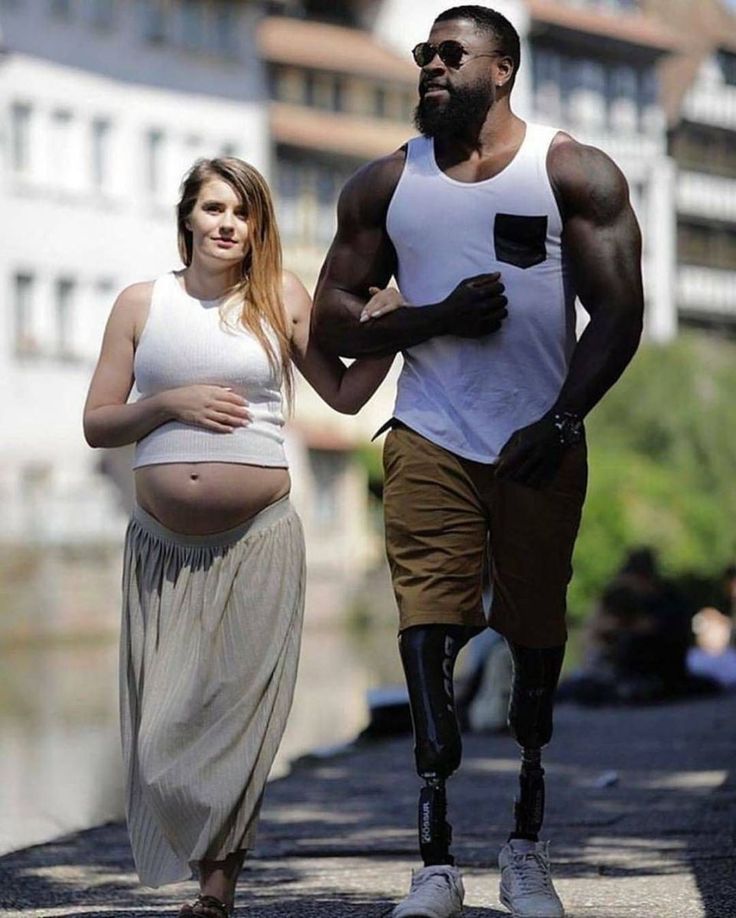 In 1891, The Creole Show, a revue staged on Broadway introduced The Cakewalk, the first American dance created by Blacks to become popular with the whites. Other Black-influenced dance trends that followed were the Charleston, the Lindy Hop, the Jitterbug, and the Twist. The 1920s and 1930s were an especially fruitful time for Black dance in the United States. During the Harlem Renaissance, similar innovations in theater, music, literature, and other arts accompanied African American developments in dance. Black musical theater, derived from minstrel shows, continued to popularize and legitimize black dance traditions and black performers, as it had in the 19th century.
In 1891, The Creole Show, a revue staged on Broadway introduced The Cakewalk, the first American dance created by Blacks to become popular with the whites. Other Black-influenced dance trends that followed were the Charleston, the Lindy Hop, the Jitterbug, and the Twist. The 1920s and 1930s were an especially fruitful time for Black dance in the United States. During the Harlem Renaissance, similar innovations in theater, music, literature, and other arts accompanied African American developments in dance. Black musical theater, derived from minstrel shows, continued to popularize and legitimize black dance traditions and black performers, as it had in the 19th century.
Outstanding performances raised professional dance standards for Blacks and whites alike. “Shuffle Along,” a landmark Broadway show created by Blacks and with an all-Black cast, was immensely popular with white audiences. Many other all-Black shows, including “Runnin’ Wild,” “Chocolate Dandies” and “Blackbirds” of 1928, also played to enthusiastic American audiences in the 1920s and 1930s.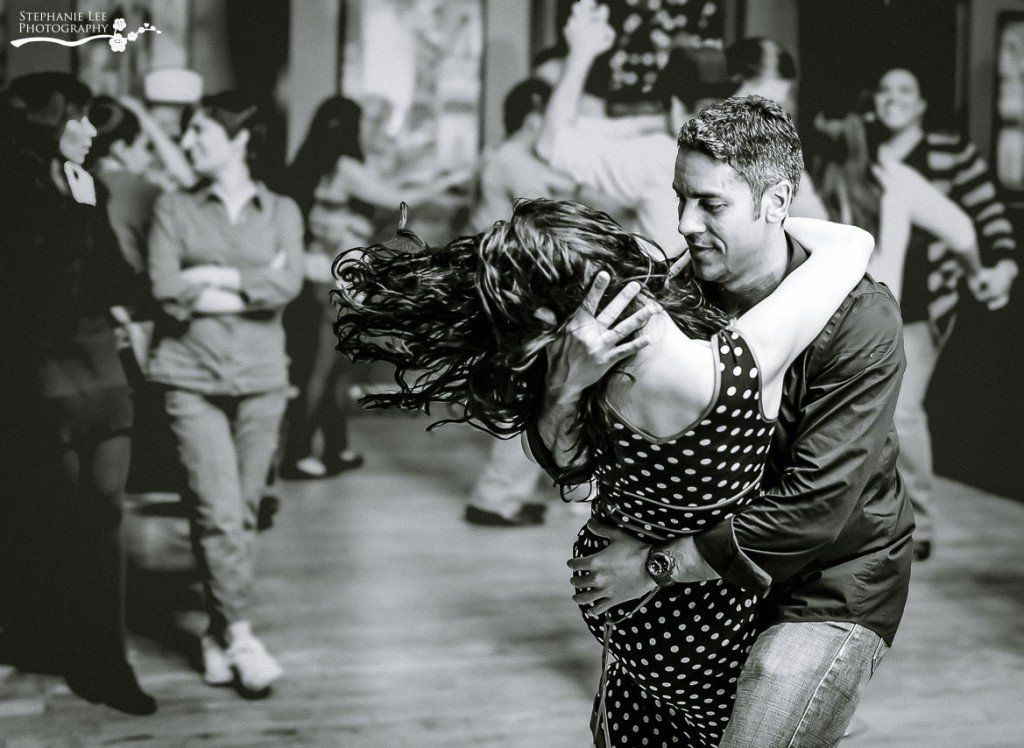 Tap combined elements of African-influenced shuffle dances, English clog dancing, and Irish jigs. Black dancers such as Bill Robinson brought the new form of respectability and popularity. Tap dancing developed further in the 1930s and 1940s when white dancers included it in motion pictures. During the 1930s and 1940s, Blacks moved into ballet and modern dance. Leading white choreographers integrated African American themes and movement styles into their dances and hired Blacks to perform them.
Tap combined elements of African-influenced shuffle dances, English clog dancing, and Irish jigs. Black dancers such as Bill Robinson brought the new form of respectability and popularity. Tap dancing developed further in the 1930s and 1940s when white dancers included it in motion pictures. During the 1930s and 1940s, Blacks moved into ballet and modern dance. Leading white choreographers integrated African American themes and movement styles into their dances and hired Blacks to perform them.
Also during this time, two American dancers who had been trained as anthropologists, Katherine Dunham and Pearl Primus made immeasurable contributions to African-influenced dance based on their research done in Africa and the Caribbean. These dances fascinated audiences with their use of freely moving torsos, rhythmic vitality, native-influenced costumes, and highly energetic and enthusiastic performers. The Lester Horton Dance Theater and the Alvin Ailey American Dance Theater contributed significantly to modern dance.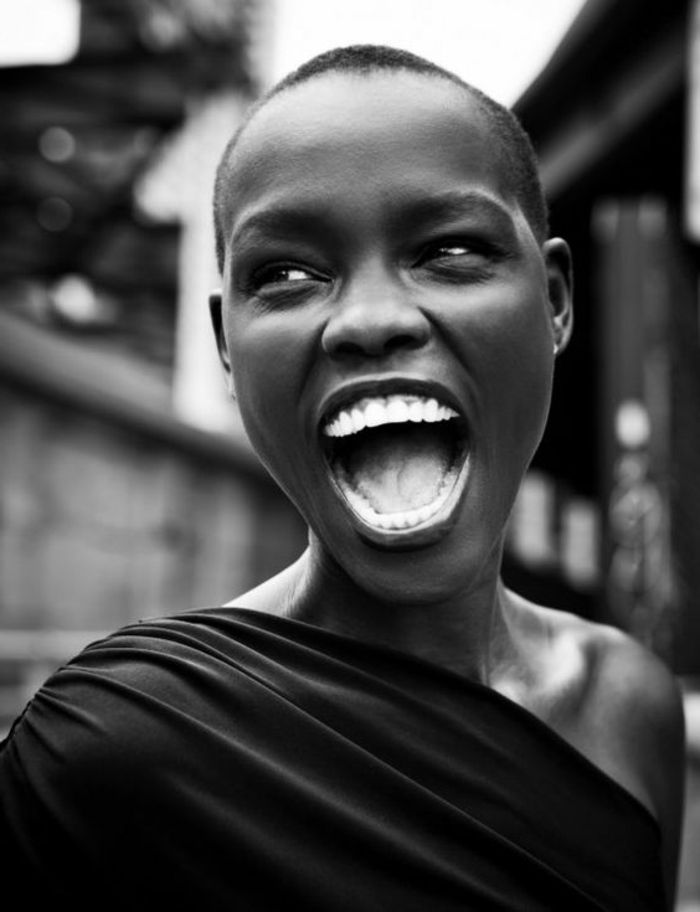 Other prominent Black choreographers and artistic directors include Donald McKayle, Debbie Allen, Talley Beatty, Garth Fagan, Bill T. Jones, and Joel Hall, Virginia Johnson, Robert Battle, and others.
Other prominent Black choreographers and artistic directors include Donald McKayle, Debbie Allen, Talley Beatty, Garth Fagan, Bill T. Jones, and Joel Hall, Virginia Johnson, Robert Battle, and others.
In recent years, several regional modern dance companies have been rich in innovations as well as connections with the past. The definition of dance has broadened to include the urban black dance forms of break dancing and hip-hop, which have been recognized for their artistry and expressiveness. All-female companies such as Urban Bush Women have been formed, as has a company devoted exclusively to hip-hop dance, The Pure Movement Dance Company. Tap dance found a new audience. Female tap dancers, who once danced in relative obscurity, have also achieved recognition and encouragement. They bring to light the legacy of women who have matched male tap dancers step for step. Dance created and performed by African Americans has become a permanent part of American dance. Contemporary dance companies founded by Blacks tour both nationally and internationally. These groups include the African American Dance Ensemble, Kan Kouran West African Dance Company, Ko-Thi Dance Company, Dinizulu, and His African Dancers, Drummers, and Singers; and Muntu Dance Theater.
These groups include the African American Dance Ensemble, Kan Kouran West African Dance Company, Ko-Thi Dance Company, Dinizulu, and His African Dancers, Drummers, and Singers; and Muntu Dance Theater.
Reference:
The African American Desk Reference
Schomburg Center for Research in Black Culture
Copyright 1999 The Stonesong Press Inc. and
The New York Public Library, John Wiley & Sons, Inc. Pub.
ISBN 0-471-23924-0
To become a Dancer
Reference:
BHM.org
New Poem Each Day
From deep sleep I sat upright And clutched his new lapels, For he was laughing. Back from the dead He came, I say, Laughing I asked not "Are you not dead?" But "What is it?" His talcum chin, And pebbles eyes, And... NIGHTMARE by James Emanuel.
Read More
Little boys dancing modern dance on a white background in black leather jackets and jeans — Stock Video © KinoMasterDnepr #336740542
Sign In to See December Specials
Images
VideosEditorialMusic & Sounds
Tools
Business
Our prices
All pictures of
LoginRegister
Download this video,
by registering an account
Already have an account? Log in
I accept the terms of the User Agreement Receive news and special offers
Four little boys dance on a white background in black leather jackets, black jeans and white shoes. The dance is dynamic and fast . — Video by KinoMasterDnepr
The dance is dynamic and fast . — Video by KinoMasterDnepr
- Find similar videos
- 336740542
- AuthorKinoMasterDnepr
- Duration: 00:50 Aspect ratio: 16:9
Similar licensed videos:
Four little boys dance against a white background in black leather jackets, black jeans and white shoes. The dance is dynamic and fast .Three boys dance on a white background in black leather jackets, black jeans and white shoes. The dance is dynamic and fast .Two little boys are dancing on a white background in black leather jackets, black jeans and white shoes. The dance is dynamic and fast .Four little boys dance on a white background in black leather jackets, black jeans and white shoes. The dance is dynamic and fast .Two little boys are dancing on a white background in black leather jackets, black jeans and white shoes. The dance is dynamic and fast .Four boys are dancing on a white background in black leather jackets, black jeans and white shoes. The dance is dynamic and fast .Two little boys are dancing on a white background in black leather jackets, black jeans and white shoes. The dance is dynamic and fast .Two little boys are dancing on a white background in black leather jackets, black jeans and white shoes. The dance is dynamic and fast .The boy is dancing on a white background in black leather jackets, black jeans and white shoes. The dance is dynamic and fast .Casual caucasian walking against whiteCasual caucasian walking against white,4kBusinessmen checking mobile phone against whiteCrowd of people on white 4k motion blur styleWalking against the crowdBusinessman walking against whiteGroup of young contemporary dancers dancing in a white studio. Sport, dancing and urban culture concept, behind them is a black DJ ,The boy is dancing on a white background in black leather jackets, black jeans and white shoes. The dance is dynamic and fast .Young girl dancing Modern modern style on a white background, slow motion Caucasian man walking the dog against white White man in shorts walking against white, 4K
The dance is dynamic and fast .Two little boys are dancing on a white background in black leather jackets, black jeans and white shoes. The dance is dynamic and fast .Two little boys are dancing on a white background in black leather jackets, black jeans and white shoes. The dance is dynamic and fast .The boy is dancing on a white background in black leather jackets, black jeans and white shoes. The dance is dynamic and fast .Casual caucasian walking against whiteCasual caucasian walking against white,4kBusinessmen checking mobile phone against whiteCrowd of people on white 4k motion blur styleWalking against the crowdBusinessman walking against whiteGroup of young contemporary dancers dancing in a white studio. Sport, dancing and urban culture concept, behind them is a black DJ ,The boy is dancing on a white background in black leather jackets, black jeans and white shoes. The dance is dynamic and fast .Young girl dancing Modern modern style on a white background, slow motion Caucasian man walking the dog against white White man in shorts walking against white, 4K Show more
Same Series:
Man dancing a modern dance in front of a white background, wearing a simple gray T-shirt and gray jeans.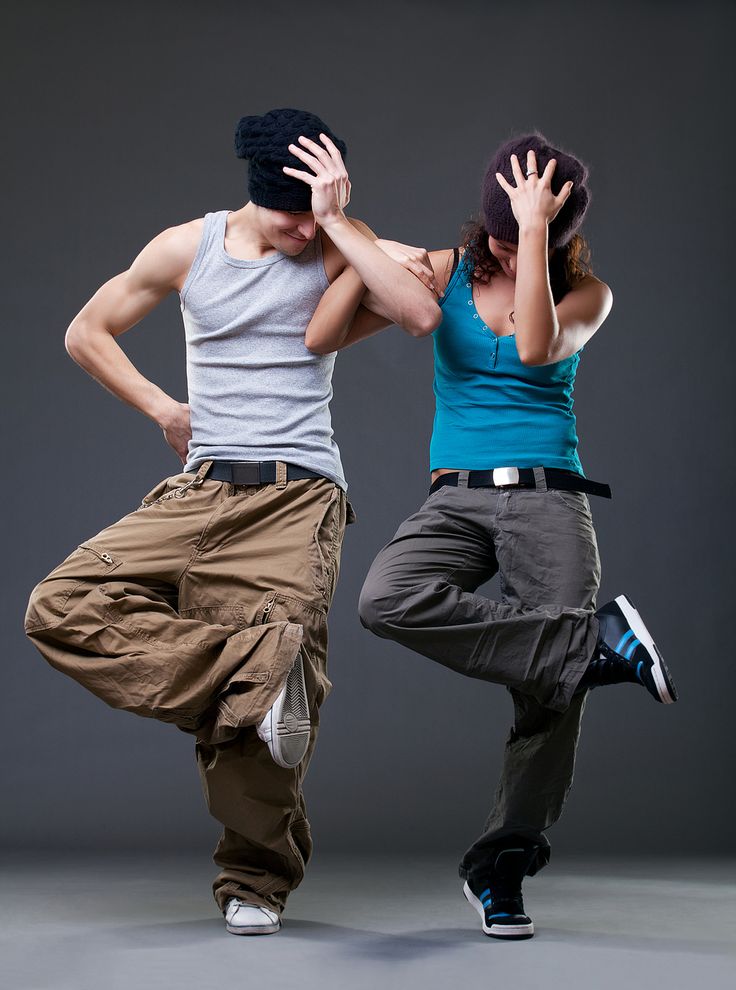 The dance is dynamic and fast .An elegant man in a black hat dances an erotic dance. He uses a chair and a cigarette. White background. Close up, slow motion Young stylish teenager shows dance moves like Michael Jackson. Isolated on white background. Close up, slow motion Modern blonde and talented dancer in a jacket and hood jumps and dances break dance on a white background, slow motion Young stylish teenager shows dance moves like Michael Jackson. Isolated on white background. Close up, slow motion
The dance is dynamic and fast .An elegant man in a black hat dances an erotic dance. He uses a chair and a cigarette. White background. Close up, slow motion Young stylish teenager shows dance moves like Michael Jackson. Isolated on white background. Close up, slow motion Modern blonde and talented dancer in a jacket and hood jumps and dances break dance on a white background, slow motion Young stylish teenager shows dance moves like Michael Jackson. Isolated on white background. Close up, slow motion Show more
Usage Information
You can use this royalty free video "Little Boys Dancing Modern Dance Against White Background in Black Leather Jackets and Jeans" for personal and commercial purposes under the Standard License. The Standard License covers a variety of uses, including advertising and UI design on websites and apps.
You can buy this stock footage and download it in high resolution up to 3840x2160.
- Türkçe
- Español (Mexico)
- Ελληνικά
- 한국어
- Português (Brasil)
- Magyar
- Ukrainian
- Română
- Bahasa Indonesia
- ไทย
- Norsk
- Dansk
- Suomi 90 Information0003
“The body will tell you what you feel”: children about how they perceive modern dance
Festivals
“The body will tell you what you feel”: children about how they perceive modern dance
Text:
Victoria Boyarskaya
Photo editor:
Ekaterina Kokina
December 4, 2022 09:00
On December 4, as part of the Context International Contemporary Dance Festival, the children's program "Context. Start" will begin. Its main theme is "Why does a person dance?". We invited young dancers and spectators of the festival to share why they dance themselves. And at the same time they asked to tell how they would draw a modern dance.
Start" will begin. Its main theme is "Why does a person dance?". We invited young dancers and spectators of the festival to share why they dance themselves. And at the same time they asked to tell how they would draw a modern dance.
Varvara Emelina
12 years old
Dance for me is an opportunity to show my inner self. And also pleasure. This is the most enjoyable part of my life! I like to perform on stage, to express my emotions through dance. It inspires me, fills me and makes life bright.
Theme Deaf
10 years old
How to draw a dance? I would depict a stage, people, a hall, a curtain. The most danceable color is red, because the curtain, chairs and costumes are often made red. But in modern dance, the main color is black.
4 y. I want to learn beautiful dances, I especially love Kalinka.
Ulyana Glukhova
14 years old
In fact, the dance can be drawn in any way you like. Any picture is, in fact, a dance, only a dance of colors, not a person.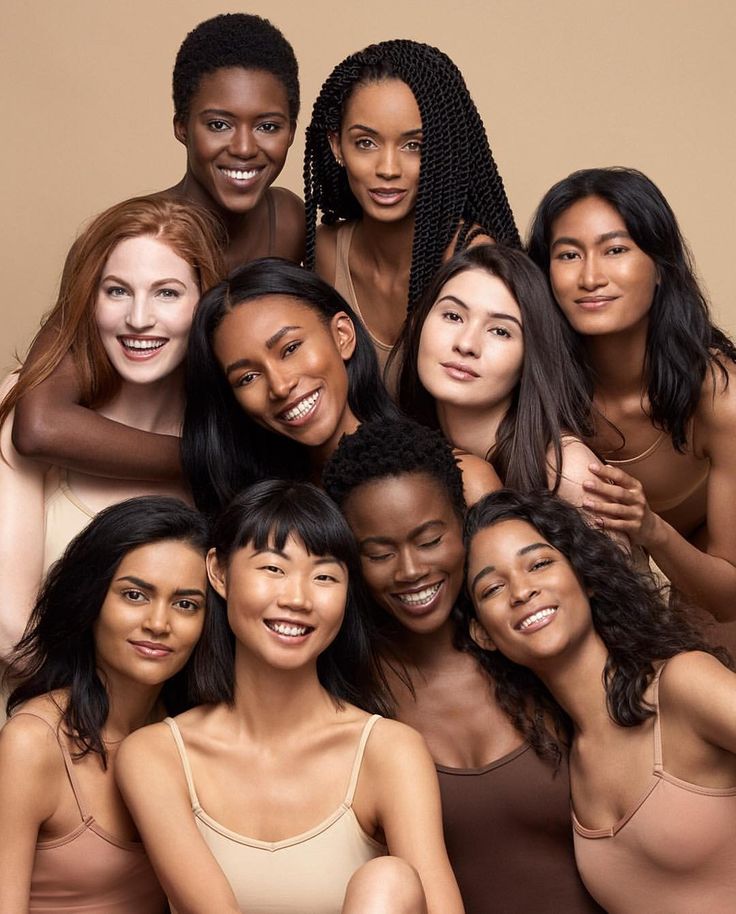 It seems to me that any art can be called a dance: paintings are a dance of colors, sculpture is a dance of materials, poems are a dance of words, and choreography is a dance of the person himself. On the other hand, in order for the colors to start dancing, they need a person. That is, of course, colors need a person to start dancing, that is, to move and control colors, then they will begin to tell a new story with their dance, inspired by a person.
It seems to me that any art can be called a dance: paintings are a dance of colors, sculpture is a dance of materials, poems are a dance of words, and choreography is a dance of the person himself. On the other hand, in order for the colors to start dancing, they need a person. That is, of course, colors need a person to start dancing, that is, to move and control colors, then they will begin to tell a new story with their dance, inspired by a person.
Dance allows a person to be free and liberated, even if in life he is not like that.
Even with the help of dance, you can describe in detail complex and incomprehensible stories and feelings that are difficult to express in words. That is, dance can be both a way of communication, and a source of inspiration, and even the meaning of life.
11 years old
In dance, you can't say in words what you feel - it's the body that does it. It turns out that dance is a way to express emotions through movement. And to draw a dance, it is not necessary to portray a ballerina.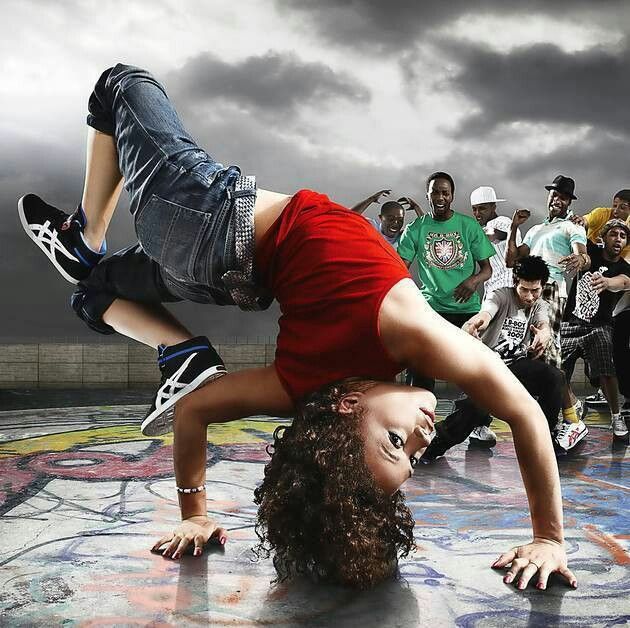 You can draw a small flower and imagine that it has its own story, which it tells with movements.
You can draw a small flower and imagine that it has its own story, which it tells with movements.
12 years old
I dance for myself. It gives me confidence and at the same time relaxes me. Dance is how I express my emotions, enjoy it, show my skills. And also a lot of work, willpower and patience.
There is only one way to draw a dance. There is such a style - abstractionism. Different people see different things in it, just like in dancing. Therefore, I believe that you can draw a dance only with the help of this style.
Artem Maksimov
12 years old
When I dance, I feel free. That's why I really like to dance. It's a way of self-expression. Dance can come from nowhere, like a series of beautiful movements. You can just move and weave these movements into one whole - and the dance is ready.
Sandra Pachina
14 years old
Dance for me is an expression of emotions and a feeling of freedom of my body. I dance because it gives me the strength to move on and I get a lot of energy from it. For me, dance is one thing, for another it is something else. For everyone - his own.
For me, dance is one thing, for another it is something else. For everyone - his own.
Vanya Grazhdanikov
9 years old
Dance is movements with meaning that fall into rhythm. A special kind of art. Each dance has its own, there are no identical ones. It is impossible to draw a dance precisely because it is a movement. If only a storyboard, like in cartoons.
Alisa Nikolaeva
16 years old
Dance is a bright accent on a white-and-white sheet of paper. You can draw whatever you want: colorful spots, different textures. Emotions will be the paints, and the dancer will be the brush. In the end, you will get a result that you yourself will hardly ever be able to repeat.
The activities of the children's program of the Context festival will show children and teenagers the variety of forms and language of modern dance and give a general idea of what movement and modern choreography are.
The play “Why I dance”
Choreographer Alexander Frolov considers the evolution of dance technique as a metaphor for human development.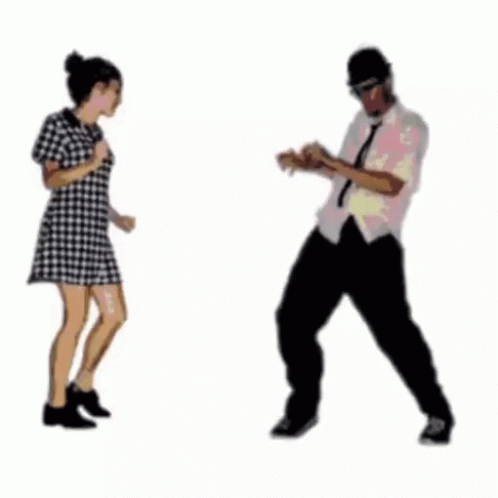 From awkward and comfortable infancy to mischievous childhood, difficult adolescence and beautiful youth to conscious maturity. The history of dance technique manifests itself in different genres and styles, from classical dance to contemporary.
From awkward and comfortable infancy to mischievous childhood, difficult adolescence and beautiful youth to conscious maturity. The history of dance technique manifests itself in different genres and styles, from classical dance to contemporary.
More details on the Poster
Educational program "Context.Start"
Laboratory of Alexandra Rudik "DanceConstructor". 12+
The three-hour DanceConstructor class is designed for children and teenagers. Participants will come up with movements and interact with each other through them. They will also learn to direct attention to the surrounding space, collecting their own choreographic material. In conclusion, the choreographer Alexandra Rudik will offer novice artists to explore the composition of the dance: what it consists of, how it is possible to create it in real time, acting and observing the development of the movement. The lesson will end with a small dance performance with the active participation of the audience.
December 6 (St. Petersburg), December 17-18 (Moscow). Buy tickets
Master class by Tatyana Tarabanova "Man-Movement-Space". 12+
In Tatyana Tarabanova's Human-Movement-Space class, participants will learn the basics of anatomy to understand their body's landmarks, work in groups, and learn to "speak in motion" freely and honestly. Also, young dancers will try to move inside the icosahedron: everyone will be able to create their own personal dance inside the polyhedron.
December 4 (St. Petersburg), December 17-18 (Moscow). Buy tickets
Graphic workshop "How to draw a dance?". 6+
As part of the presentation of the book “Why do people dance? History of Dance for Children” will host a master class with a set of stencil silhouettes, designed by illustrator Maria Titova. It is addressed to children and teenagers and will be hosted by artist and editor-in-chief of the A+A publishing house Kasya Denisevich.
December 17–18 (Moscow).


